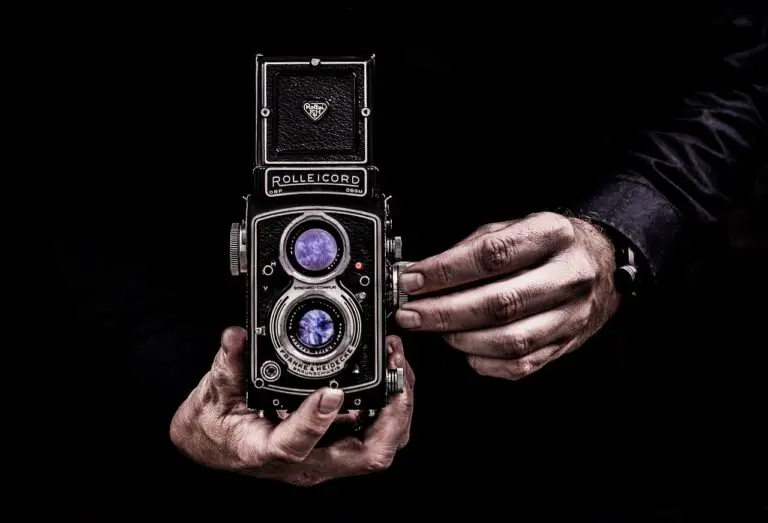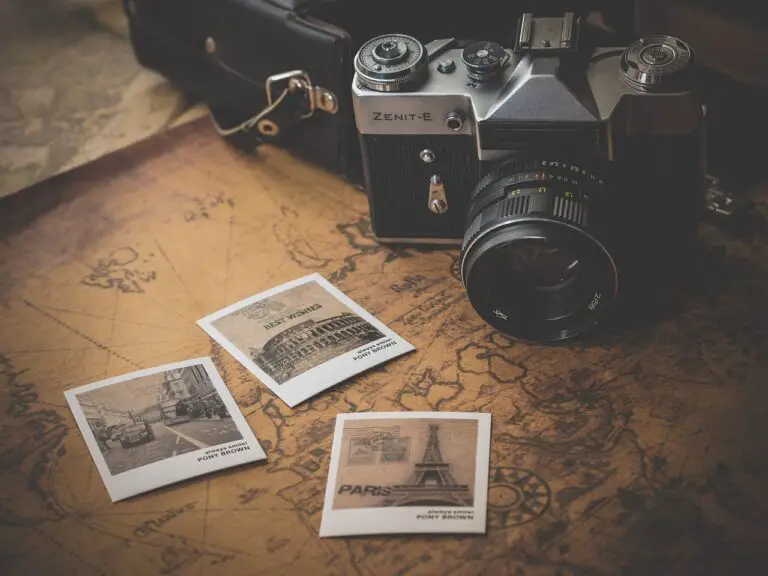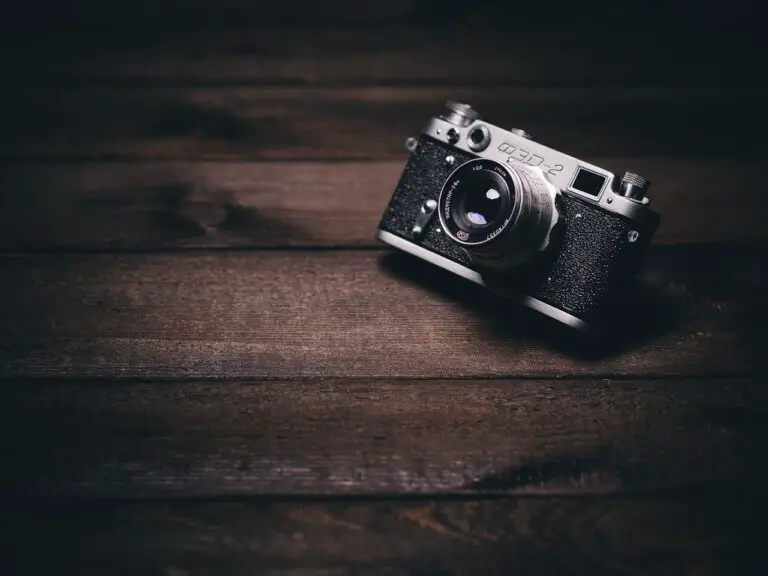What Does Composition Mean In Photography
Photographys Visual Art: Mastering Composition Techniques
Composition in photography refers to the arrangement of various elements within a photograph to create an aesthetically pleasing and visually compelling image. It encompasses the placement, positioning, and interaction of subjects, objects, lines, shapes, colors, and other visual elements within the frame. By carefully considering composition, photographers can guide the viewer’s eye, convey a particular mood or message, and capture a sense of balance and harmony.
Rule of thirds enhances photographic composition
One key aspect of composition is the rule of thirds, which involves dividing the frame into a grid of nine equal parts using two horizontal and two vertical lines. The main subjects or points of interest should ideally be placed along these lines or at their intersections. This technique helps create visual interest and balance as the viewer’s eye naturally tends to be drawn towards these areas. However, it is important to note that this is just one tool in the photographer’s toolkit, and rules are meant to be broken in order to create unique and innovative compositions.
Using framing and leading lines in photography
Another compositional technique is framing, which involves using elements within the photograph to create a frame around the main subject. This can be achieved by capturing elements such as archways, windows, branches, or other objects that naturally form a frame around the subject. Framing adds depth to the image, draws attention to the subject, and provides a context for the scene. Additionally, leading lines are another compositional element used to draw the viewer’s eye into the photograph. These lines can be as simple as a road, a fence, or the edge of a building, leading the viewer’s gaze towards the main subject or focal point.
The Role of Color and Negative Space
Furthermore, the use of color and contrast plays a crucial role in composition. Complementary colors or contrasting tones can create visual impact and highlight the subject, while harmonious color palettes can evoke certain emotions or create a sense of tranquility. Similarly, the concept of negative space is important in composition, whereby empty or unoccupied areas within the frame are used to emphasize the main subject. Negative space can bring balance and breathing room to an image, enhancing its overall composition.







